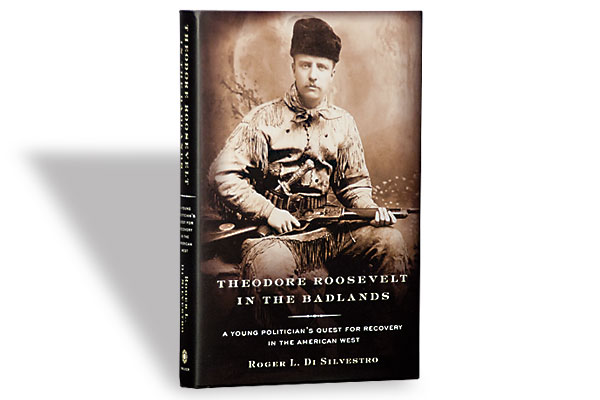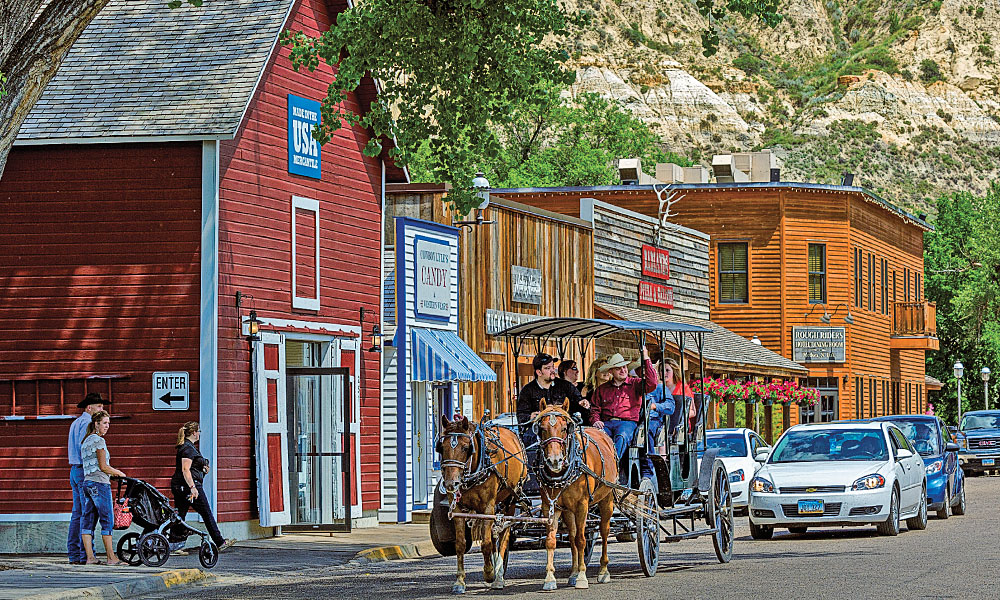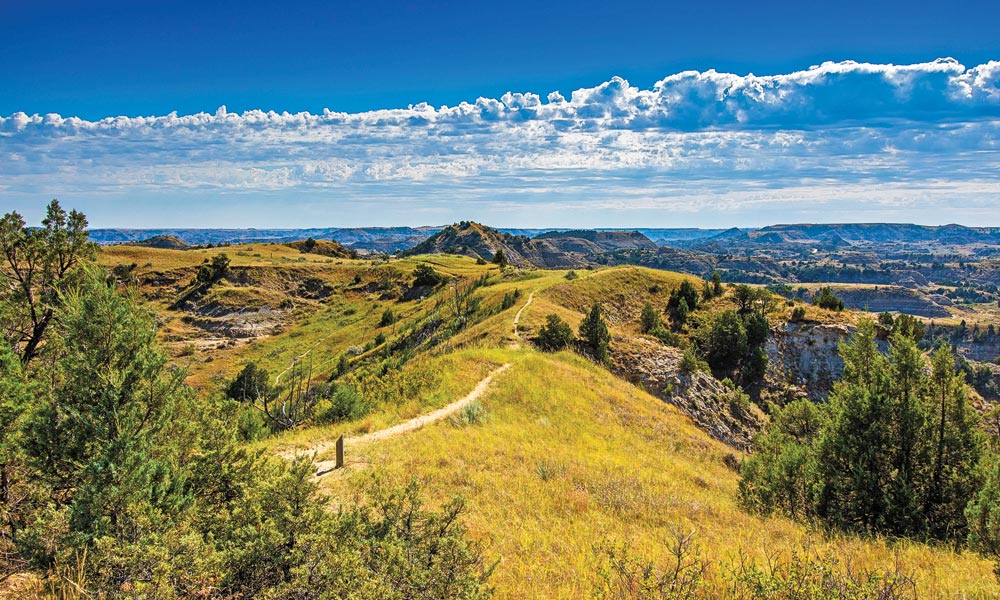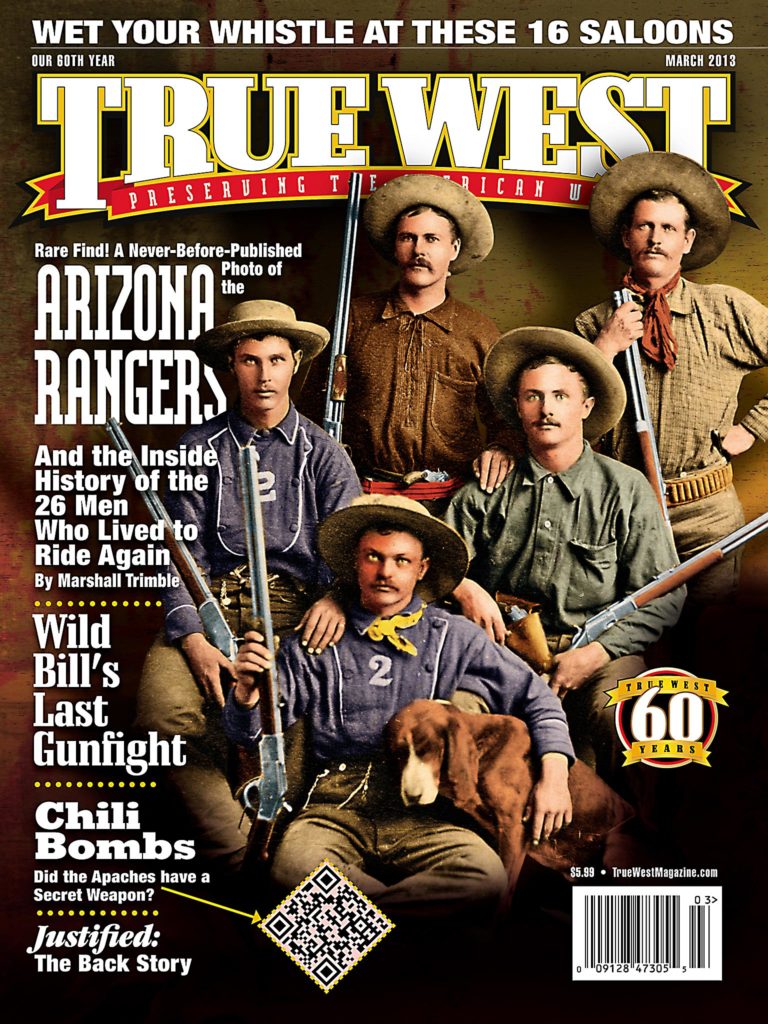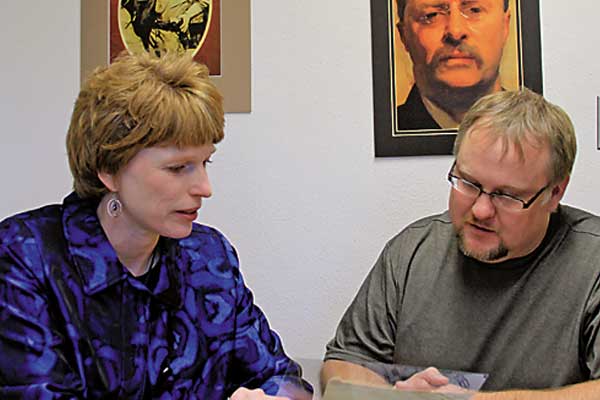 He was a 24-year-old New Yorker who wanted to kill a buffalo.
He was a 24-year-old New Yorker who wanted to kill a buffalo.
That’s how Theodore Roosevelt first came to the Medora area of Dakota Territory in 1883.
The next year, he returned a broken man who needed to put his life back together. He would go on to change America—as the youngest president at 42—and it all started with that buffalo hunt.
Roosevelt himself declared: “I would never have been president were it not for my experiences in North Dakota.”
He’s as close as North Dakota has to a “favorite son” in the White House, so it seems apropos that his legacy is coming home. Dickinson State University’s Theodore Roosevelt Center is working to digitize the 26th president’s papers—gathered from the Library of Congress, the National Park Service and Harvard University—to become the presidential library. Someday, it hopes to open a museum to showcase the artifacts.
“It’s a fascinating job, but if we knew how big it was, we might not have started,” jokes Sharon Kilzer, the project manager. “We want everything known about TR to be searchable and accessible. We’re very ambitious.”
The center has already archived more than one million documents, including about 100 first edition books once owned by Roosevelt. Employees are sweeping North Dakota and Montana to locate items in private collections. Some of these are being donated outright; others are being loaned for digital scanning.
One real find is a photograph collection on loan from the descendants of Badlands cowboy Harry Roberts. His grandmother, Margaret, was the “First Lady of the Badlands” and a friend of Roosevelt’s. “Roosevelt admired her strength and character, and that she was raising her children as a single mother,” Kilzer says.
Digitizing so much material can be daunting, but Kilzer is uplifted by the work. “I’m a very concrete, sequential person, so when the 485 microfilm reels from the Library of Congress arrived, I started at one and worked forward,” she says. “My favorite day was when I came to item number 315 and realized what it was.”
Item 315 is a four-page letter written from the state prison in Bismarck by a roughian known as “red-headed Mike Finnigan.” The guy made the mistake of stealing Roosevelt’s boat from his ranch in 1886. Roosevelt went after him and walked the thief back to Dickinson to face the law. In his letter—“I didn’t steal your horse, after all”—Finnigan asked Roosevelt to get his prison sentence shortened.
Kilzer hopes that the files hold the answer: did Roosevelt intercede, or even answer the letter? Nobody knows, but Finnigan was released five months early.
North Dakota likely left such an impression on Roosevelt because he spent his darkest hours there. After his mother and wife died on the same day, he returned in 1884 to live for two years on his Elkhorn Ranch. Roosevelt later wrote, his ranch experience “took the snob” out of him.
He went on to distinguish himself as the nation’s first environmental president: designating 150 national forests, five national parks, the first bird and game preserves, the first 18 national monuments and the first 21 reclamation projects.
Someday, everything about his amazing life will be part of the digital library at the Theodore Roosevelt Center, so near to a place so dear to his heart.
Jana Bommersbach has been Arizona’s Journalist of the Year and has won an Emmy and two Lifetime Achievement Awards. She is the author of two nationally-acclaimed true crime books and a member of Women Writing the West.


